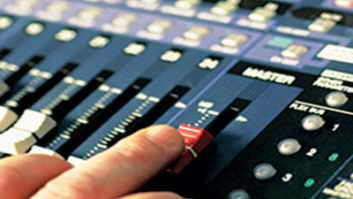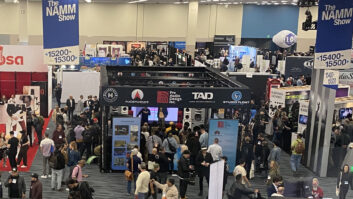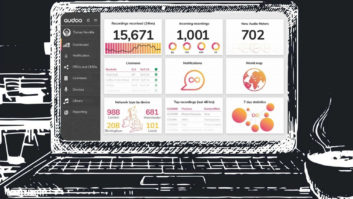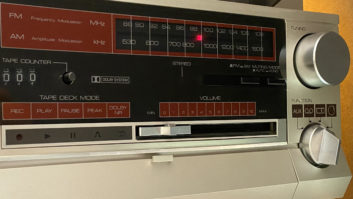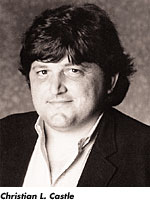
HOW PRODUCERS CAN GET THEIRFAIR SHARE
The fight to get public-performance royalties for sound recordingsin the U.S. has a history that is long, distinguished and largelyunsuccessful. Congress took a relatively small step with amendments tothe Copyright Act that established a limited public-performance royaltyfor digital transmissions of sound recordings, but stopped short ofsuggesting rates. That resulted in the Copyright Arbitration RoyaltyPanel addressing Webcasting and simulcasting royalty rates, whichresulted in the decision of the Librarian of Congress last yearestablishing rates. Those rates were revisited recently by anegotiation between the RIAA and the Digital Media Association, whichestablished rates through 2004. The good news for producers (and anyonewho has a contracted royalty) is that they are finally cut in for someroyalties. The bad news: Royalties won’t come to themautomatically.
The Copyright Act divides “Webcasting” royalties amongfour groups: copyright owners (50%), featured artists (45%),nonfeatured musicians (2.5%) and nonfeatured vocalists (2.5%). Missingare producers, who typically have a contractual right to royalty incomefrom sound recordings.
However, given that producers’ royalties are deducted from anartists “all-in” royalty, Sound-Exchange, a division of theRIAA that is responsible for collecting these monies, currentlyrequires a separate letter of direction from the artist in order to payproducers, even if the producer has already sent a similar letter tothe record company or copyright owner.
However, there are a few ways to fix this problem.
- SoundExchange should take flat-fee rates and payment instructionsfrom existing letters of direction that artists provide to the recordcompany copyright owners.
- SoundExchange should provide Web access to part of its database sothat artists and producers can confirm if they are included and arereceiving royalties properly.
- Producers should require artists to send a confirming letter ofdirection on a go-forward basis to SoundExchange for new recordingsproduced, which could be included in the producer agreements.
- Producers and artists should agree on a fixed share of performanceroyalties to be paid to producers and call upon Congress to amend theCopyright Act to include producers.
If none of these steps are followed, producers will have to askartists to sign new letters of direction for each old recording, aprocess that will involve lawyers and cost hundreds of dollars for eachletter. When one considers that some recordings could be 20 to 30 yearsold or older, it may be difficult to find the artists in the firstplace.
But the real significance may arise when and if SoundExchange startscollecting foreign-performance royalties, and if Congress passeslegislation that extends these royalties to regular radio andtelevision broadcasts. Together, all of these streams will likelyconstitute a significant amount of money. As a result, producers shouldget their act together now or risk further frustrations down theroad.
Christian L. Castle is senior counsel in the music group at thelaw firm Akin Gump Strauss Hauer & Feld in Los Angeles. Writeto[email protected].
